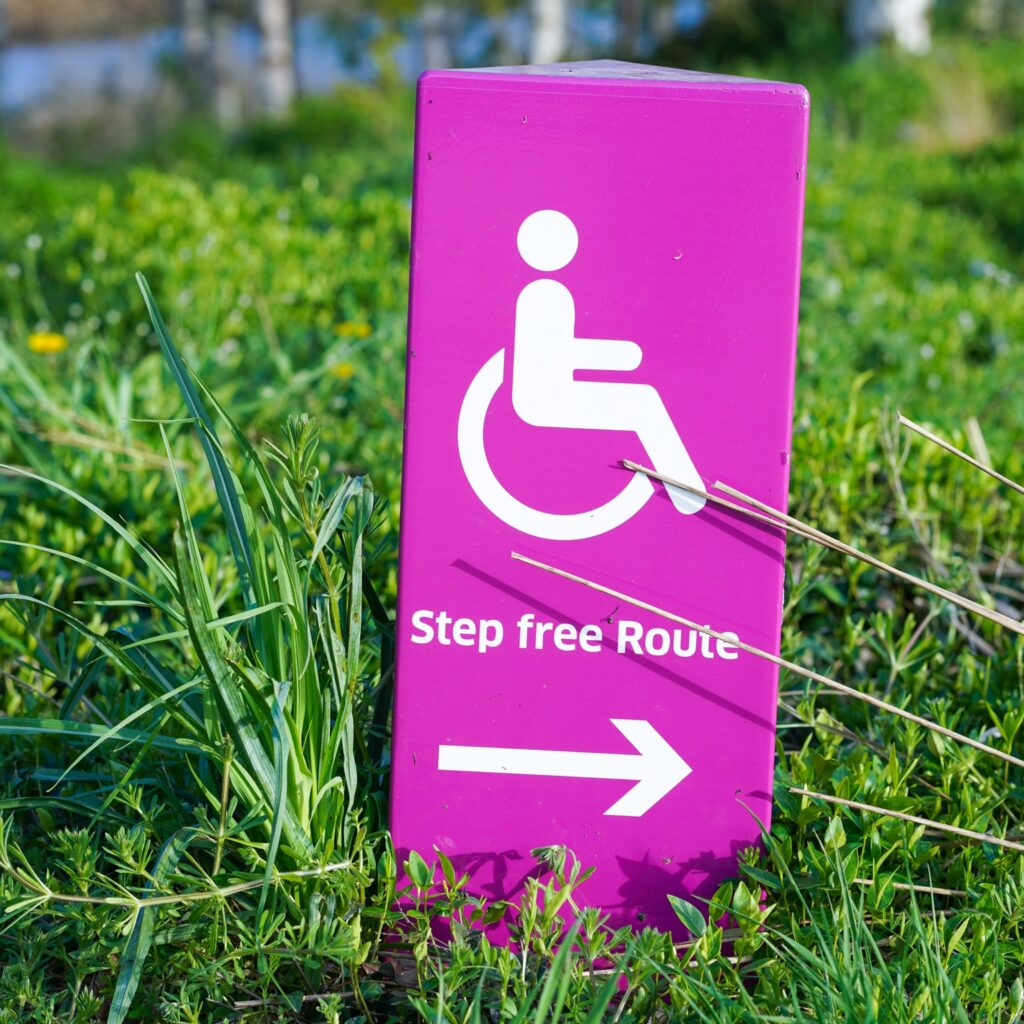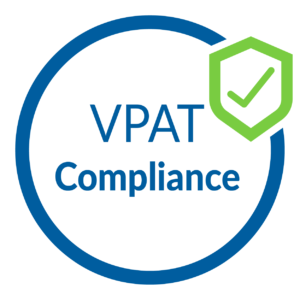In today’s digital age, web accessibility is not just a compliance checkbox; it’s a fundamental aspect of creating an inclusive and user-friendly online environment. As businesses strive to reach a diverse audience, prioritizing accessibility becomes imperative. In this article, we will delve into the significance of building a culture of web accessibility within your business and how it positively impacts user experiences and organizational success.
Understanding Web Accessibility
Web accessibility refers to the practice of designing and developing websites and digital content in a way that ensures equal access and usability for all individuals, including those with disabilities. This includes considerations for users with visual, auditory, cognitive, and motor impairments.
Why a Culture of Web Accessibility Matters
1. Inclusivity and Equal Access
A culture of web accessibility reflects a commitment to providing equal access to information and services for everyone. It ensures that individuals with disabilities can engage with your content, products, and services on equal footing.
2. Legal Compliance and Risk Mitigation
Prioritizing web accessibility helps businesses adhere to legal requirements such as the Americans with Disabilities Act (ADA) in the United States. Non-compliance can lead to legal repercussions, including lawsuits and fines.
3. Enhanced User Experience
An accessible website provides a more seamless and intuitive experience for all users. This leads to higher user satisfaction, increased engagement, and potentially higher conversion rates.
4. Positive Brand Image and Reputation
Demonstrating a commitment to accessibility fosters a positive brand image. It sends a message to customers, employees, and stakeholders that your business values inclusivity and diversity.
How to Build a Culture of Web Accessibility
1. Leadership Commitment and Training
- Leadership Buy-In: Leadership must understand the importance of web accessibility and commit to its integration into the company culture.
- Training and Education: Provide training to employees at all levels about the principles and practices of web accessibility.
2. Inclusive Design Practices
- Involve Diverse Stakeholders: Include individuals with disabilities in the design and testing process to gain valuable insights.
- User Testing: Conduct regular user testing with individuals of varying abilities to ensure accessibility.
3. Establish Accessibility Policies and Guidelines
- Develop Clear Policies: Create and communicate policies that outline the company’s commitment to web accessibility.
- Adopt Standards and Guidelines: Implement recognized standards like the Web Content Accessibility Guidelines (WCAG) to guide development efforts.

4. Integrate Accessibility into Development Processes
- Incorporate Accessibility from the Start: Ensure accessibility considerations are integrated into the earliest stages of website or application development.
- Regular Accessibility Audits: Conduct ongoing accessibility audits to identify and address any barriers.
5. Provide Ongoing Training and Support
- Accessibility Training: Offer regular training sessions to keep team members informed about best practices and emerging trends in accessibility.
- Accessibility Resources: Provide resources and tools that support accessibility efforts.
6. Promote a Feedback-Driven Culture
- Encourage Feedback: Foster a culture where employees and users feel comfortable providing feedback about accessibility.
- Act on Feedback: Actively address feedback and make necessary improvements to enhance accessibility.
Measuring Success and Continuous Improvement
- Accessibility Metrics: Establish key performance indicators (KPIs) to measure the effectiveness of accessibility efforts.
- Regular Evaluation: Continually assess and refine accessibility practices based on feedback and evolving industry standards.
Embracing Accessibility as a Competitive Advantage
In today’s digital landscape, accessibility is not just a compliance requirement; it’s a strategic advantage. Building a culture of web accessibility not only ensures legal compliance but also creates a more inclusive and user-friendly environment. It positions your business as a leader in inclusivity, which can enhance your brand’s reputation and customer loyalty.
By prioritizing accessibility, you not only meet the needs of a diverse audience but also contribute to a more inclusive digital ecosystem. Remember, accessibility isn’t just a feature; it’s a core value that empowers all individuals to engage with your business and its offerings.
We Offer Web & Mobile Accessibility Testing
We at ‘Accessible Zone‘ provide web, mobile and software accessibility testing services. We perform testing manually using screen reader such as JAWS, NVDA & Voiceovers. We also provide VPAT and ACR reports. If you want to use our services do contact us as at contact@accessiblezone.com or you can also schedule a free call with us from here.































